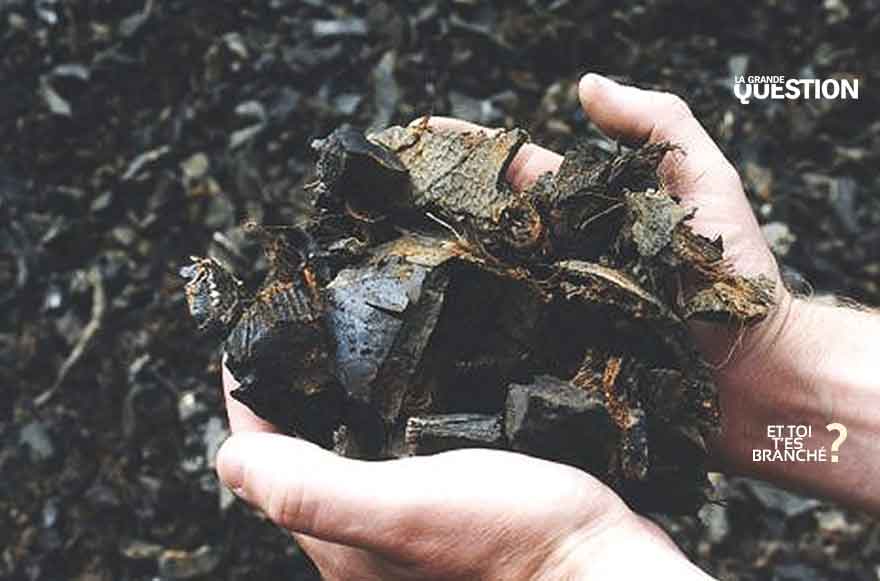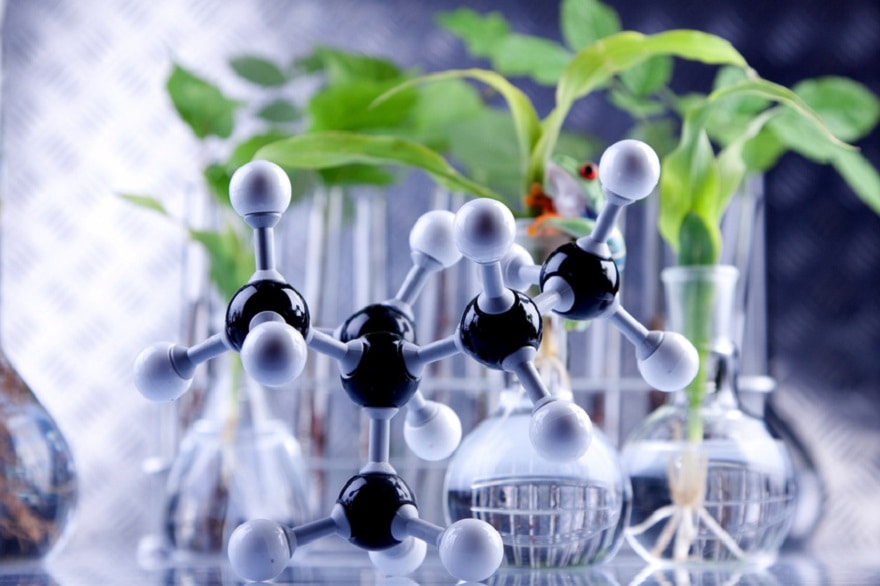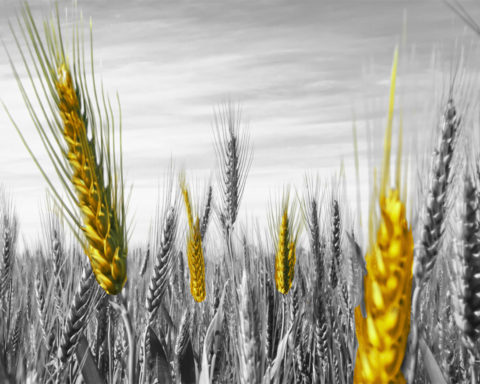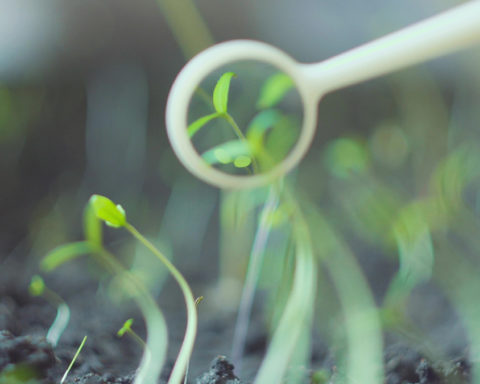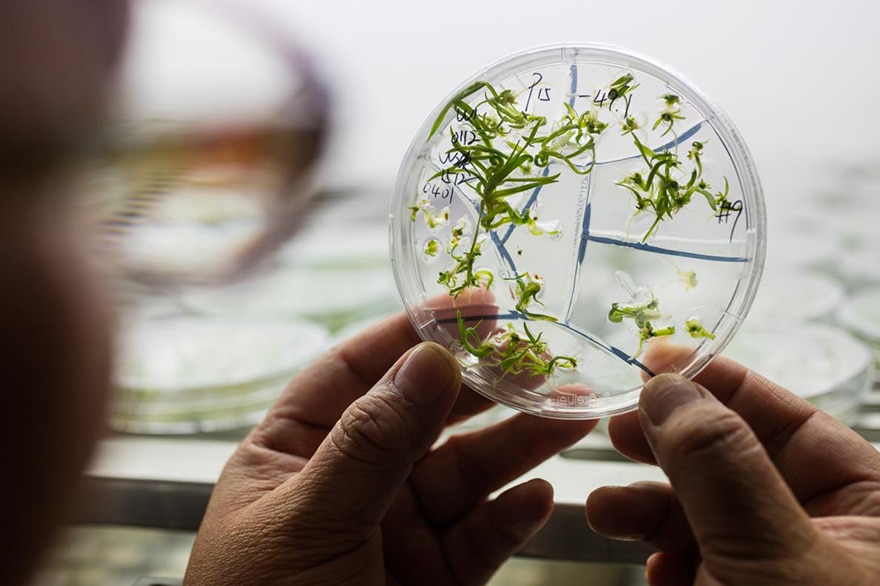The use of plant matter as a primary source of chemicals is a long-standing practice that increased during the industrial revolution. Already integrated in many everyday products such as hygiene and cleaning products, plastic films and packaging, plant-based chemistry contributes to meeting the energy, environmental and societal challenges that society and industrialists must rapidly address.
Photo: Building a church in bio-based materials by the company Karibati
Ahe aim of plant chemistry is to use biomass (whole plants or residues) such as cereals, potatoes, beets, oils, wood, ... for the manufacture of chemicals and materials. Plants offer the advantage of being renewable and allow us to reduce our greenhouse gas emissions, as well as our dependence on fossil raw materials. It includes agro-industrial companies that will offer a wide range of products to industrial customers, chemical and processing/formulation companies capable of manufacturing chemical intermediates, resins and bio-sourced materials - present in consumer products - and finally, distributors who supply the various application markets (cosmetics, construction, transport, etc.).
Mindful of its impact on the environment, vegetal-based chemistry aims to be sustainable. For a long time now, it has integrated life cycle assessment (LCA) approaches, a criterion that is taken into account right from the product design stage. This is the case, for example, with polyamide 11, produced from castor oil, which is used in many sectors (packaging, automotive, etc.). This analysis consists of compiling and evaluating the inputs, outputs, and potential environmental impacts of a product system during its life cycle. The result allows the industrialist to quantify step by step the environmental impact of the process and to contribute continuously to its improvement.
At a time of energy transition, vegetal-based chemistry is a key driver of the bio-economy that offers new opportunities. Vegetable-based chemistry offers alternatives to certain molecules with new functionalities, based on plant substrates. For example, bio-sourced plasticizers, again based on castor oil, can be used in the composition of floor coverings, which are increasingly used in sensitive environments (creches, hospitals, etc.), as a substitute for phthalates (known to be endocrine disruptors).
Relying in this way on the development of renewable resources makes it possible to move more towards a circular economy. Vegetable, household and industrial waste can thus be recovered with various benefits: resource preservation, reduced environmental impact, gains in competitiveness and job creation in the regions.
Finally, one of the major challenges of vegetal-based chemistry is the ability to set up more biorefineries in the regions. On the same site, the biorefinery brings together complementary units in terms of resources, technologies and end products. The co-product of one becomes the raw material of the other. For example, the water from the beet used to make sugar will feed the starch factory, which is a heavy consumer of water.
Eric Firtion, president of the Association of Plant Chemistry *
Article resulting from the intervention of 15 Sept 2016 during the LIVELY FESTIVAL
* Created in 2007, the Vegetal-based Chemistry Association now brings together nearly fifty industrial players and professional organizations. The association's aim is to speak out loud and clear, in France and in Europe, for a sustainable chemistry that complements "fossil-based" chemistry in order to design chemical products and derivatives from plant resources. In France, this sector can rely on strong agriculture (the first in Europe) and a powerful chemical industry (the second after Germany).
Login
0 Comments
Inline Feedbacks
View all comments


